How to Correctly Strengthen Your Core
Core muscles are the vital link between your upper and lower body. Despite this critical role, the core is often trained ineffectively with crunches and sit-ups that often leads to injury. Think about it, aren’t we spending enough of our day crunching while in flexed position driving or sitting at work? And does lying on the ground while pulling on your neck replicate any movement done during daily life?
Train Your Core For Stability
The primary function of the core is to provide stability and isometric support during most activities. Abdominal muscles by design are stabilizers, not movers. Furthermore, the lower back (lumbar) is designed for limited degrees of rotation. Therefore, the focus of core training should be on preventing motion instead of creating motion.
Planks Will Train Your Core
Planking exercises, both isometric and dynamic will effectively build core stability and back health. Start your core training with isometric (static) front and side planks. Work up to holding a front plank for 60 seconds and a side plank for 45 seconds per side. To progress your planking, add instability instead of adding time. For example, try lifting one arm or foot off the ground during a front plank, or plank while holding a medicine ball.
All Exercises Should Challenge Your Core
Core exercises can be incorporated into a functional training program. Functional training exercises are typically performed while in contact with the ground and never using seated machines. Pushing and pulling weight while standing or kneeling challenges the core. The core can be further challenged by performing exercises unilaterally, and also using less stable split stances or standing on one foot.
Avoid Crunches
Every day I see people at the gym doing crunches and sit ups in pursuit of a “six pack” often featured on fitness magazine covers. The trouble with crunches and sit-ups is they unnecessarily stress the neck and lower back. Planking is a more effective core exercise that is safe and also strengthens the back. Keep in mind that getting a “six pack” is more a result of diet.
Limit Lumbar Rotation
Rotational core exercises are effective, so long as the motion is focused on the upper spine and hips, and not the lumbar. So, to avoid back pain, skip exercises that focus motion on the lumbar such as “Russian twists” and “scorpions”.
Core Exercises
The exercises below can be added to your training either in a standalone session, or placed throughout your workout as an active rest component.
Bird Dog
Start on all fours on the floor with hands beneath your shoulders, and knees beneath your hips.
Raise your opposite arm and leg and hold for 3 secs.
Complete 10 reps per side.
Good Form Check:
Take deep breaths and fully exhale during the 3 second holds.
Keep the extended leg below hip level.
Focus on stabilizing your core, and keeping your hips level.
Front Plank
Start in a push up position on your hands. You can also plank on your forearms.
Make sure your hands are directly under your shoulders.
Start with a 30 sec hold, then work up to a 1-minute hold.
Advanced Options:
Lift one arm or one foot off the floor to reduce your stability.
Plank holding a medicine ball to reduce your stability.
Curl Ups
Lie on your back with one leg straight and the other leg bent.
Place both hands beneath your lower back.
Lift your shoulders off the floor and point your chin towards the ceiling.
Hold this position for 5-10 seconds and repeat the hold 3 times.
Reverse leg position and repeat 3 holds as instructed above.
Side Plank
Lie on your side, stack your feet, and keep your elbow directly under your shoulder.
Lift your hip off the floor, balancing on your forearm and side of the bottom foot.
Start with a 30 sec hold, then work up to 45 sec holds per side.
Keep your body straight and your upper shoulder pointed toward the ceiling.
Beginner Option:
Plank off your knee instead of your foot.
Advanced Option:
Reduce your base of support by raising your top leg.
Plank Taps
Start in a push up plank position on your hands.
Spread your feet far enough apart to keep your hips from rotating during the movement.
Alternate raising your hand to tap your opposite shoulder.
Complete 10 plank taps per side.
Pause 2 seconds per tap.
Plank Saws
Start in an elbow plank position, and place toes on sliding discs.
Using your elbows, push back while holding your plank, causing your feet and discs to slide about 6-10 inches behind you.
Return to the starting position and repeat.
Complete 10-15 reps.
If you don’t have sliding discs, you can use furniture movers on carpet, or towels on hardwood floors.



